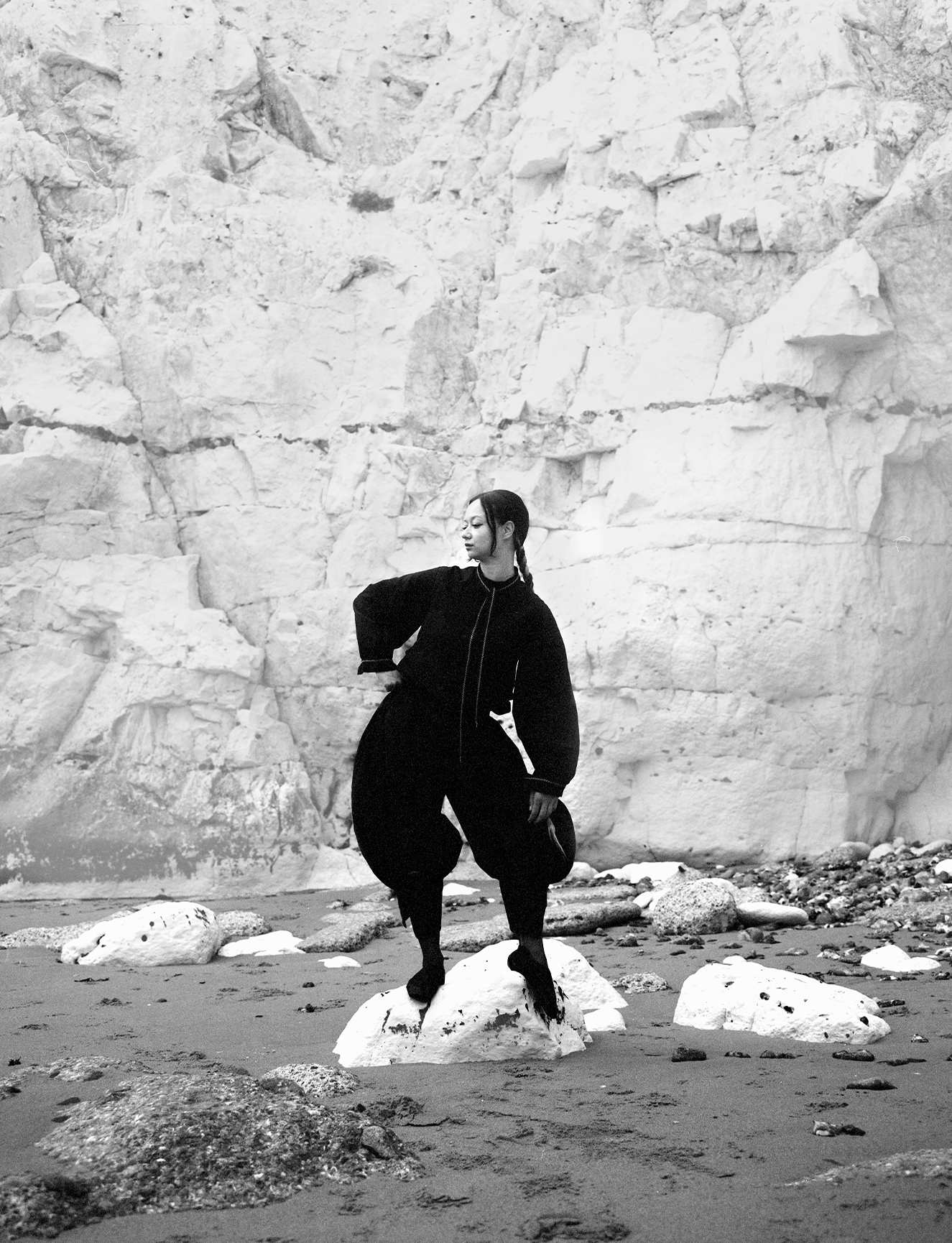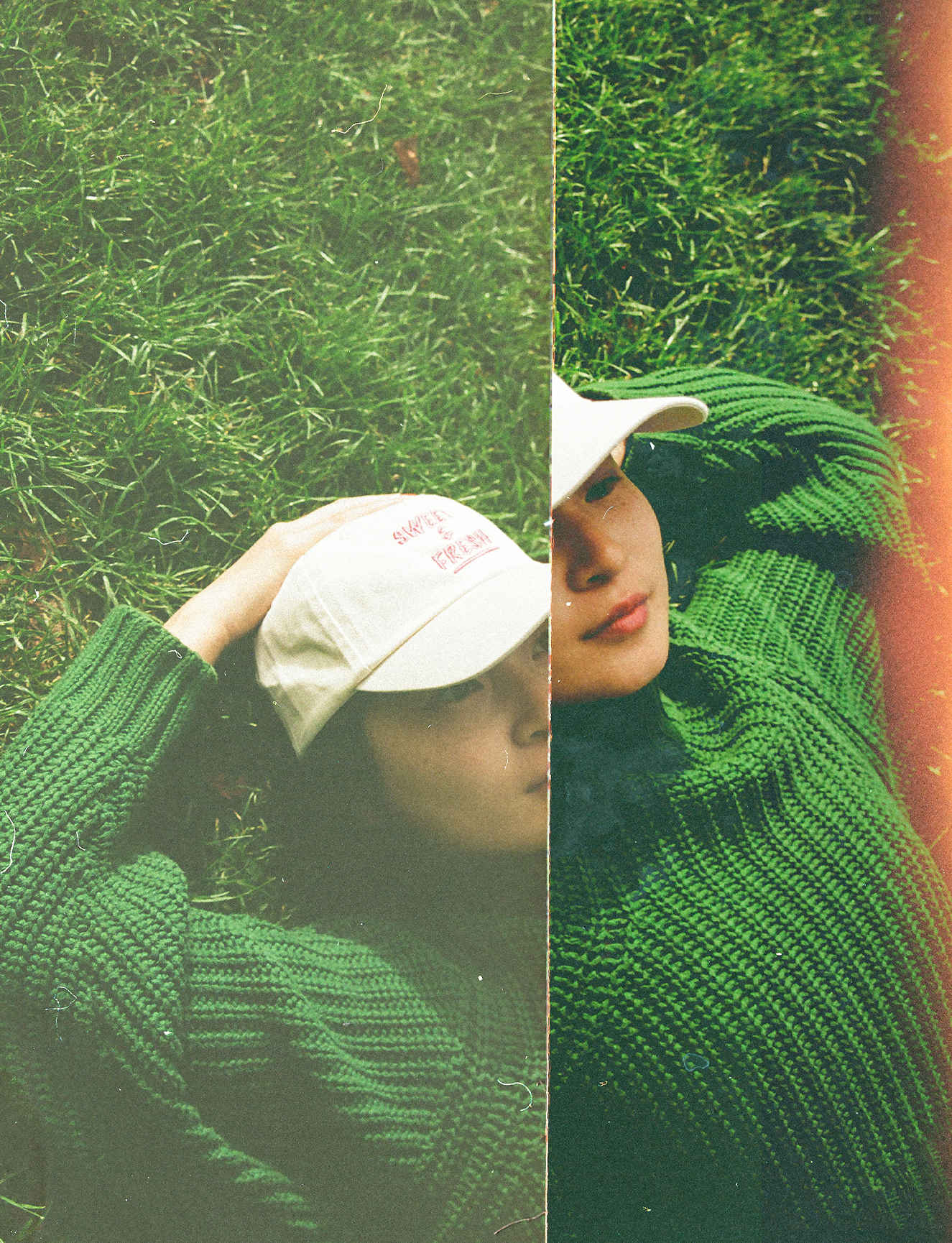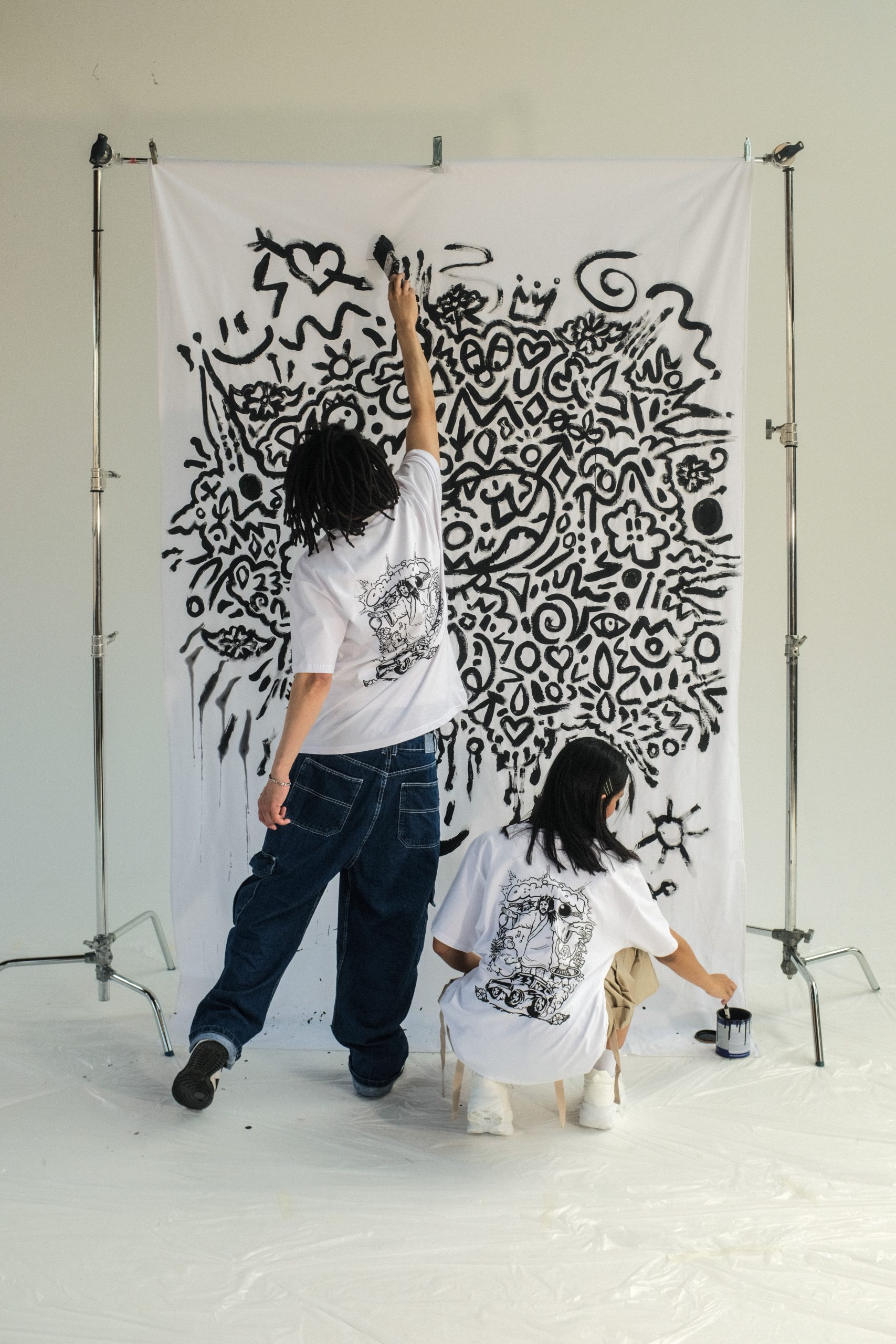When it comes to creativity, money seems to enter most, if not all, conversations around what is authentic. The art and music industries have long grappled with ideals of individual self-expression, concepts like ‘selling out’, and creating work outside of commercial constraints. Now, in a culture of commissions and private patronage, this discourse is becoming more nuanced. Opportunities for creatives to make a fair living from their craft have shrunk in recent years, in which a whole web of factors including tour and travel limitations, the rise of streaming sites, economic inflation and subsequent cuts to arts funding, have left many with few options to subsist. Does authenticity really matter anymore in a landscape where many are barely making ends meet? Or will what it means to embody this quality simply shift with the times?
To better understand what it means to be authentic, and the kinds of environments in which their art is being produced, we spoke to singer, composer and multi-instrumentalist Lucinda Chua; London-based producer patten (AKA visual artist, designer and lecturer Damien Roach); and singer-songwriter and DJ Nalan.
Authenticity seems inherently paradoxical
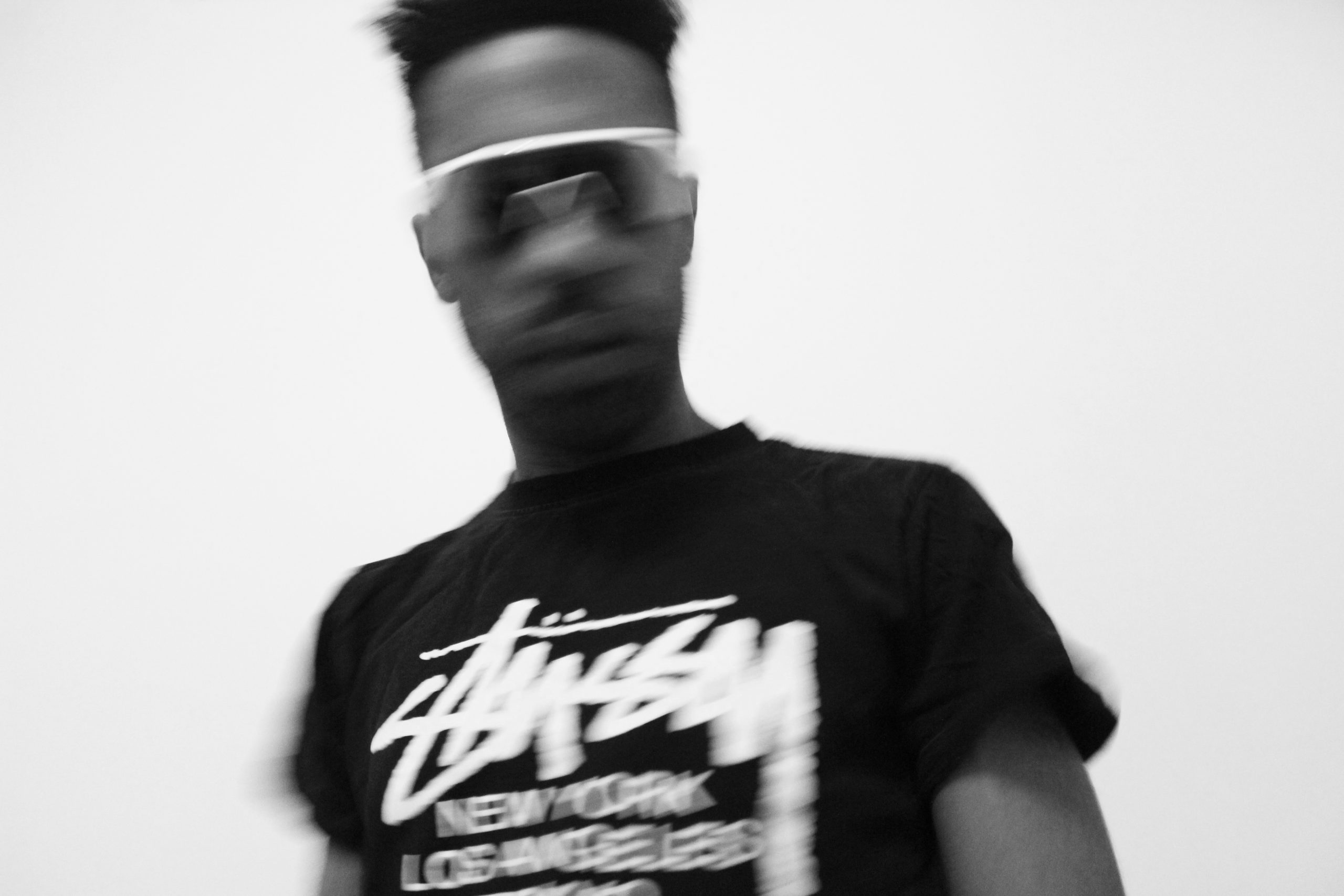
For starters, is it possible to even define authenticity? Everyone agreed that it is a nebulous concept, and one largely contingent on subjective experience. Lucinda Chua, who has just debuted her solo album YIAN, says, “I don’t think of authenticity as being something singular. We all have different experiences, so what feels authentic will vary for each of us.” Chua’s perspective speaks to the idea of authenticity as a quality in constant flux; that phenomenon we’re all familiar with of behaviour which seems natural or effortless in one person, but coming across as contrived in another. In other words, the ability to ‘carry something off’.
Social media has, at least on the surface, collapsed the line between public and private for many creatives, offering a way to ‘connect’ with audiences outside of the media, but one that is still ultimately a performance. “The concept of authenticity is a moving target,” says London-based multi-hyphenate patten. “People who make things are expected to share more of their personal lives towards this very idea. But you could say these expressions are less authentic, in that they are framed as ‘real’, but as we all know, are a manicured version of reality.”
Authenticity as a quality in constant flux
In April, patten is set to release his project Mirage FM, the world’s first album made from text-to-audio AI samples. Speaking on the effects that technology is having on preconceived ideas about authenticity, he says, “I’m interested in [technology] reducing the barriers of entry for people to be able to express themselves, communicate their ideas, and share them widely with other people in a way that is meaningful to them. Things like AI are helping to open these doors and collectively steer us away from any kind of totemic monoculture.” It’s an interesting point, given that recent reactions to content like “This Book Was Co-Authored by a Disturbingly Realistic AI” tend to focus on how technology can supersede the artist. Instead, patten suggests a near-future in which technology like this actively facilitates creative expression. In visual art, AI-generated NFTs from Roach himself and artists like Jon Rafman are already proving this can be the case.
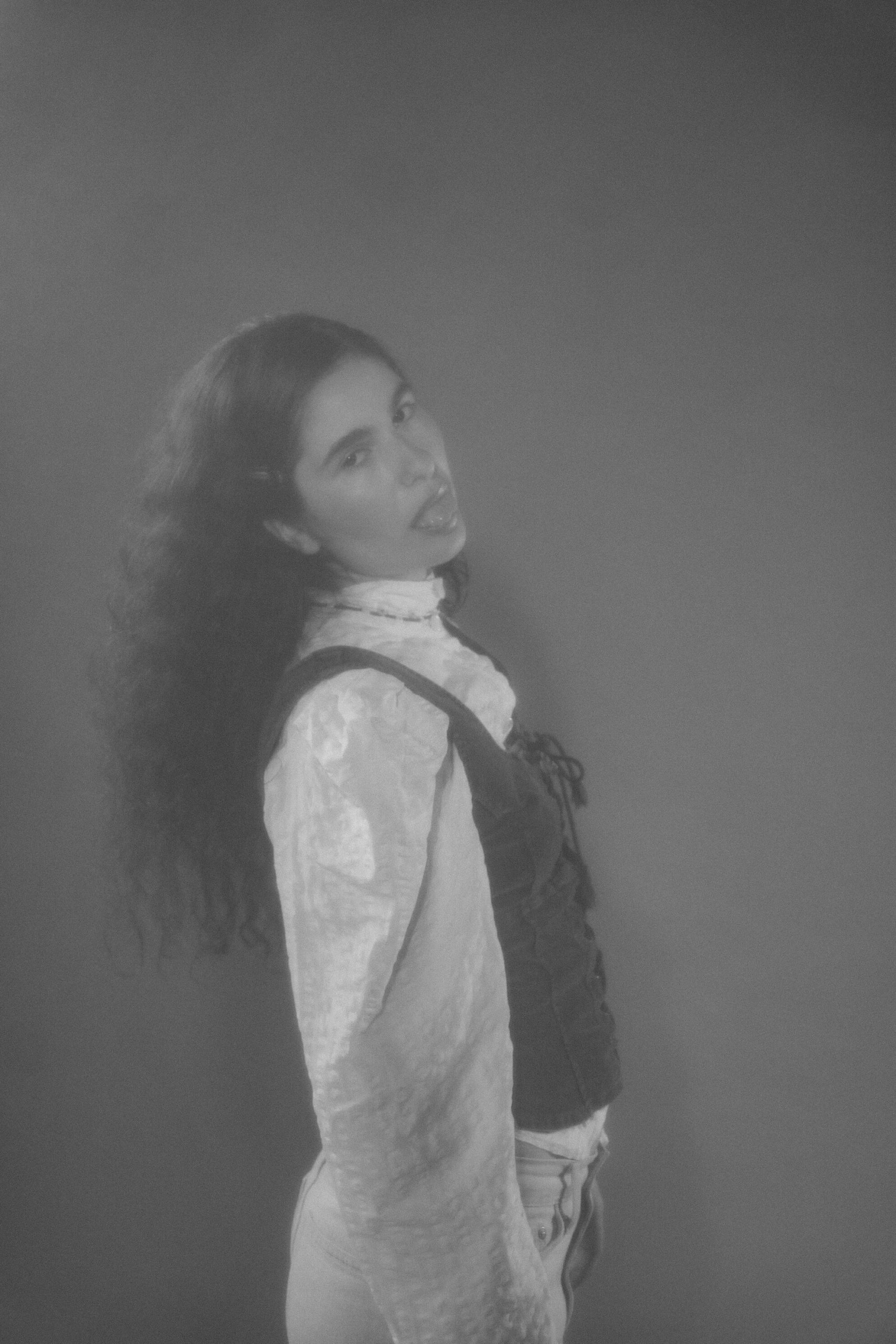
Self-reflection and expression are inextricably intertwined with expressions of authenticity. Chua sees being an artist as a framework for this type of exploration. “It allows me to make time in my life to think and interrogate without limits,” she says. “There’s a welcoming of the idea of the flexible self,” patten adds. “An invitation to hack your own identity. It’s not just an academic or aesthetic exercise, but a lifelong search for different ways of thinking and living. At the centre of it, there’s really hardly any border there. It’s about as ‘real’ as it could possibly be.”
An invitation to hack your own identity
As much as creative outlets offer ways for individuals to explore their own identities and their place in the world, it can be difficult to fully delve into these ideas and execute a particular vision without any material, tangible support. “Collaborative work can create the best version of something,” says Berlin-based musician Nalan, who also DJs under the pseudonym slimgirl fat. “In the end, you can’t do everything on your own.” Oftentimes for artists, this will mean looking outwards and welcoming opportunities to partner with larger platforms.
Money has long been a difficult word when it comes to artistic credibility and, by extension, authenticity. But in an ever-pinched landscape, it’s now an increasingly accepted fact that most creatives will work with brands at some point: it’s better to make interesting work within constraints than not at all. “Patronage is as old as art itself,” says patten. “Artists, designers, writers, dancers and musicians all have rent to pay, and need the time to make things, so there needs to be income from somewhere. The main issue I see isn’t corporate sponsorship per se, but the reasons why it has taken on such a core presence nowadays.”
“Rising living costs, the dissolution of state funding for the arts, shrinking part-time job opportunities, and a lack of access to creative incubation spaces like higher education all factor in on this,” he continues. Chua, who also lives in London, where arts funding has recently been cut by £50 million a year, says, “Given the current climate where artists and organisations are under enormous pressure to survive, I don’t know if I’m in a place to judge who is credible or not. I just hope that as a society, we can work together to find ways to ensure that the art we see is as diverse as our people.” In times like these, it can seem pointless discussing individual artistic intent or credibility. But there’s something in the power of community, where this sense of authenticity, which continues to pervade cultural discourse, lies in the amplification of a multitude of voices.
Money has long been a difficult word
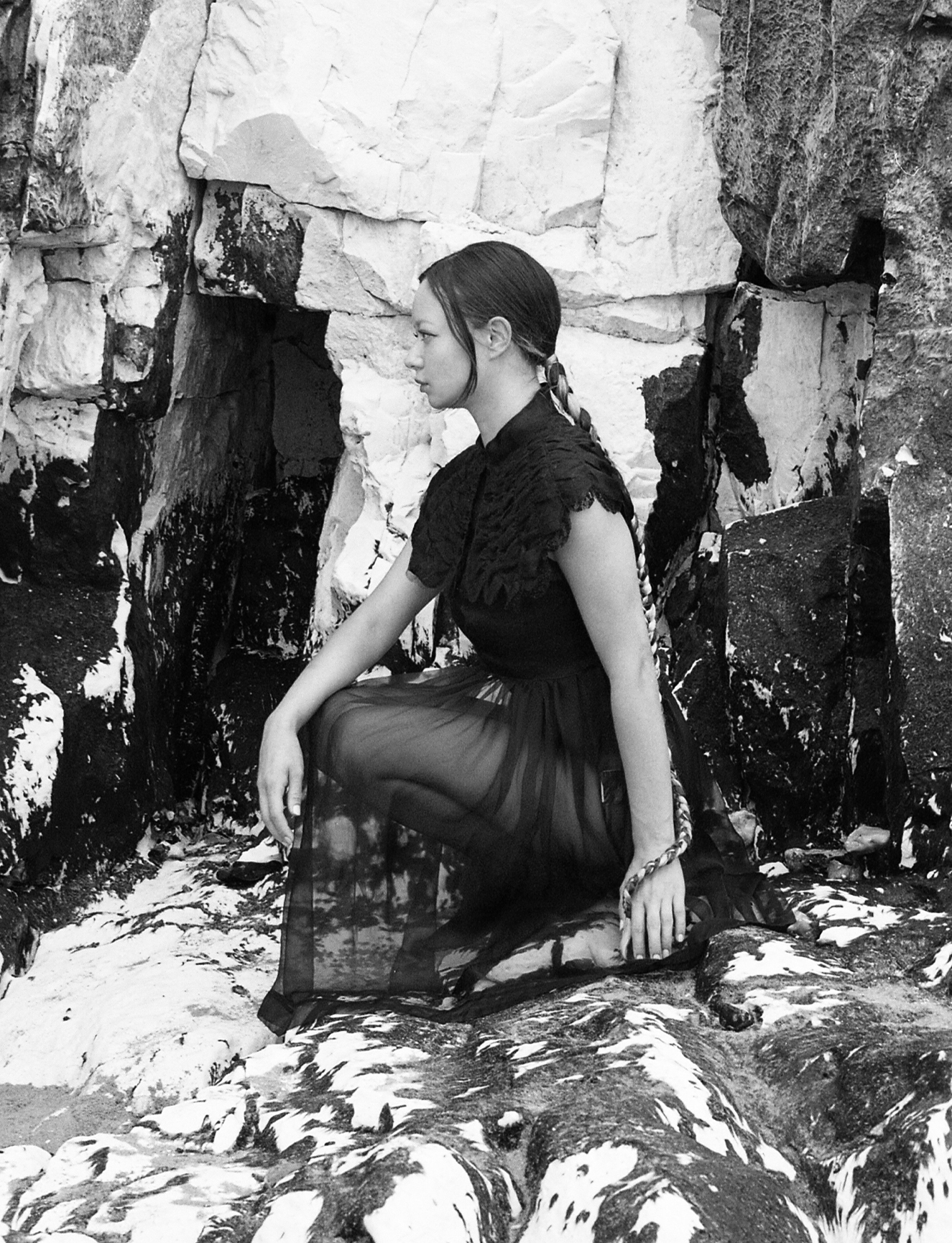
Being open to collaborations – brand or otherwise – doesn’t necessarily mean having to diminish your own beliefs as an artist. “I’ve always worked in a few areas simultaneously, and that’s helped in being able to maintain a position where I’m able to choose what I do and don’t do,” patten says. “I’ve fought hard to live my life in a way that aligns with that, because otherwise, what’s the point?” Nalan echoes this sentiment, saying “I feel better when I tend to overthink these offers than just go for the money. In the end, they need to feel good and fit what I stand for.”
As conditions for creatives grow more volatile, and advances in technology accelerate, attitudes on authenticity will inevitably change alongside them. But how? For patten, the future seems promising. “We are seeing a shift in the perception of the photographic image as a reliable arbiter of truth,” he says. “There is vast potential in conjuring up new ways of articulating what our lived reality looks, feels and sounds like. The gauntlet has been thrown down for us all to dream up new ways of picturing our world. Ways that can better describe what it feels like to be human.”
In an increasingly precarious socio-economic and technological landscape, maybe it’s no longer important to find the core of what it is to be authentic, or about judging who exudes the quality best and scrutinising the decisions that someone has made for their art. Perhaps the focus should be on a multiplicity of expressions and subjectivities, and a welcoming of the collaborations of technologies that can allow for them to happen.
Read More: Under The Influence: On Love & Creativity



